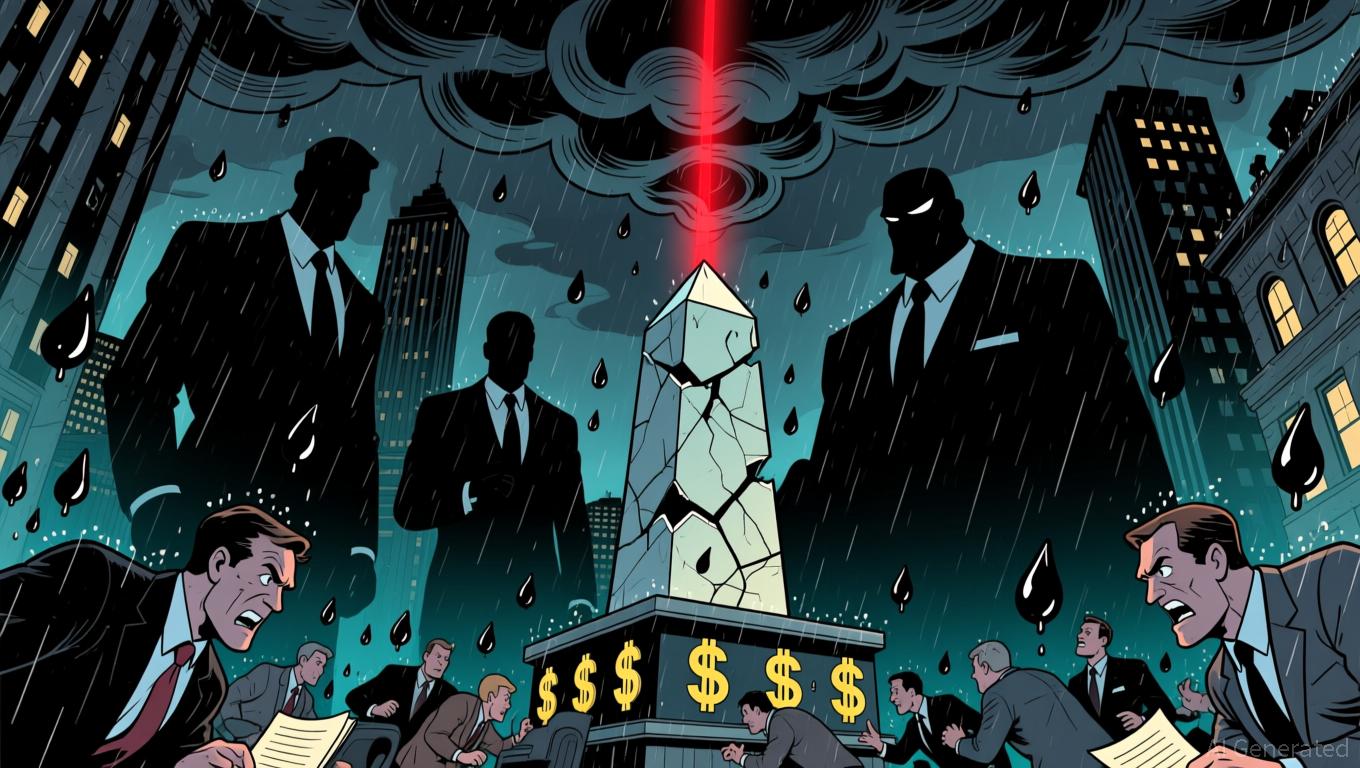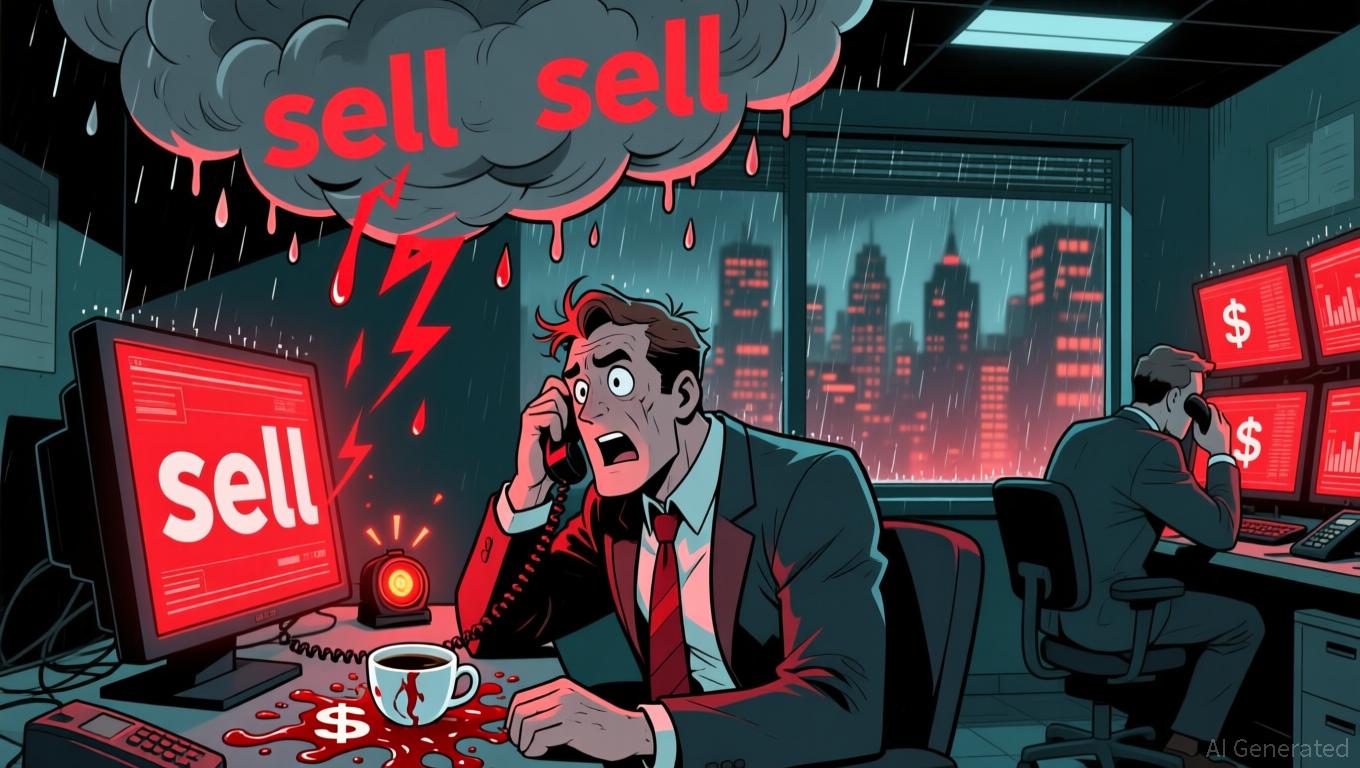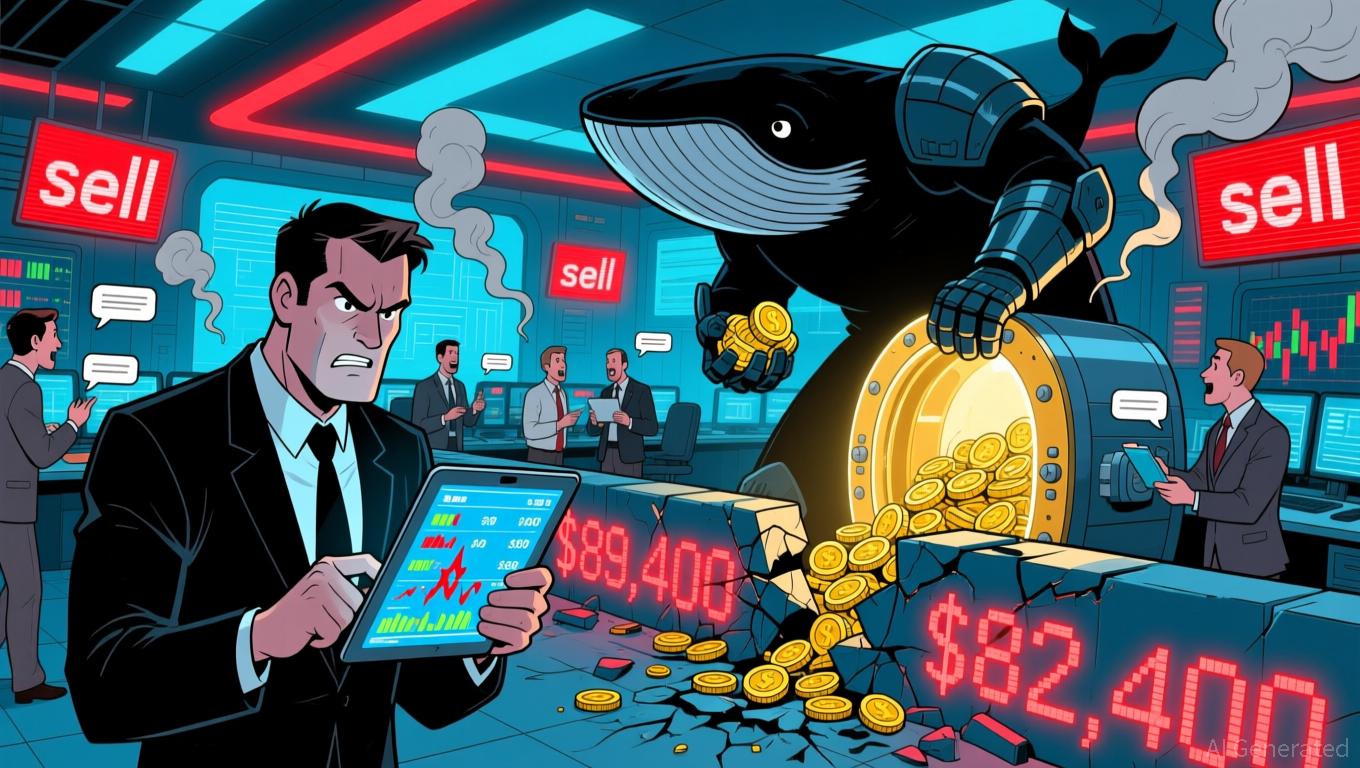ZK Atlas Enhancement: Driving Ethereum’s Growth in Scalability and Energy Conservation
- ZK Atlas Upgrade (Oct 2025) tackles Ethereum's scalability and energy efficiency via Airbender prover, sequencer, and ZKsync OS, redefining Layer 2 performance. - Achieves 15,000 TPS with $0.0001 fees, boosting ZK rollups' TVL to $3.5B and enabling real-world asset tokenization through Prividiums architecture. - GKR protocol reduces ZK verification costs by 10-15x, slashing Ethereum gas fees by 90% and accelerating institutional adoption of energy-efficient blockchain solutions. - Upcoming Fusaka upgrade
Layer 2 Scalability: Surpassing TPS Limits
The ZK Atlas Upgrade has pushed past previous transaction throughput ceilings, allowing ZK-powered rollups to
This progress is already visible in industry data.
Energy Efficiency: Transforming Ethereum’s Green Credentials
A major highlight of the ZK Atlas Upgrade is its positive impact on Ethereum’s energy profile. By utilizing Vitalik Buterin’s GKR protocol, the upgrade
The financial impact is just as notable. The ZK tokenomics framework has shifted from a governance mechanism to a value-creating asset, with the ZK token’s price
Future Prospects: Fusaka Upgrade and Market Effects
Looking forward,
Conclusion
The ZK Atlas Upgrade stands as a milestone in blockchain development, delivering unmatched scalability and energy savings while solving practical challenges. As ZK rollups continue to gain ground over Ethereum’s Layer 1 and other Layer 2 options, the upgrade’s economic and environmental benefits are likely to fuel ongoing increases in total value locked, token prices, and institutional involvement. For investors, the message is unmistakable: ZK-based infrastructure has moved beyond speculation to become a fundamental element of blockchain’s next era.
Disclaimer: The content of this article solely reflects the author's opinion and does not represent the platform in any capacity. This article is not intended to serve as a reference for making investment decisions.
You may also like
Bitcoin News Today: Bitcoin Drops 30%: Market Correction or On the Brink of a Crash?
- Bitcoin fell 30% from October's peak to $86,000, driven by regulatory uncertainty, macroeconomic risks, and institutional caution. - The U.S. government's Bitcoin for America Act proposal adds volatility by enabling BTC payments for federal obligations. - ETF outflows, whale liquidations, and bearish options signal market distress, though industry leaders call the correction "healthy." - A potential "death cross" and oversold conditions suggest further declines to $30,000 remain possible amid Fed policy

Bitcoin Updates: Bulls Encounter Major Challenge: Will Bitcoin Recover Important Levels After a 30% Decline?
- Bitcoin fell below $87,000 in Nov 2025, triggering $914M liquidations and pushing its unrealized loss ratio to 8.5%, signaling bearish sentiment. - ETF outflows hit $903M in one day, with BlackRock's IBIT losing $355.5M, attributed to institutional profit-taking and year-end risk-off moves. - Japan's $135B stimulus and Fed rate-cut uncertainty deepened selling, while Ark Invest added $39.6M in crypto firms amid price declines. - On-chain data shows $66.4M in losses from whale liquidations, but miners' ac

Bitcoin News Today: Bitcoin’s Sharp Decline: Gauging the World’s Appetite for Risk
- Bitcoin fell below $86,000, sparking stability concerns due to macroeconomic pressures, institutional caution, and shifting investor sentiment. - ETF outflows and $2B in exchange deposits, plus BlackRock's $523M redemption, intensified bearish fears as net unrealized profit hit 2025 lows. - New projects like Bitcoin Munari aim to leverage market fragmentation, but success depends on uncertain broader stability and regulatory progress. - Institutions show mixed signals: Strategy Inc. reported $2.8B gains

Fed Policy Changes and the Increasing Link with Solana (SOL)
- Fed's 2025-2026 shift from QT to QE injects liquidity, impacting Solana's volatile market dynamics. - Japan's rising JGB yields influence U.S. Treasury dynamics, while Solana's price drops 32.5% amid ETF inflows. - Solana's DApp revenue rises but active wallets plummet, while ETFs drive $342M inflows despite price declines. - Derivatives show reduced leveraged bets ($7.2B OI) but positive funding rates signal institutional bullishness on Solana's long-term potential. - Macroeconomic volatility and Solana